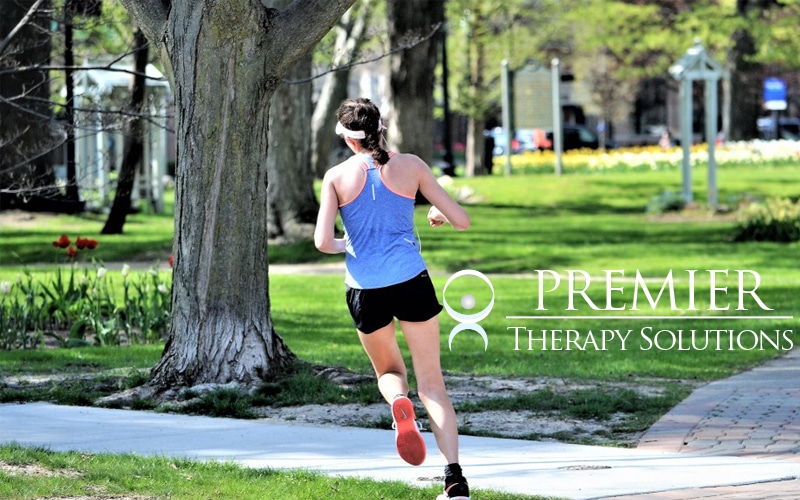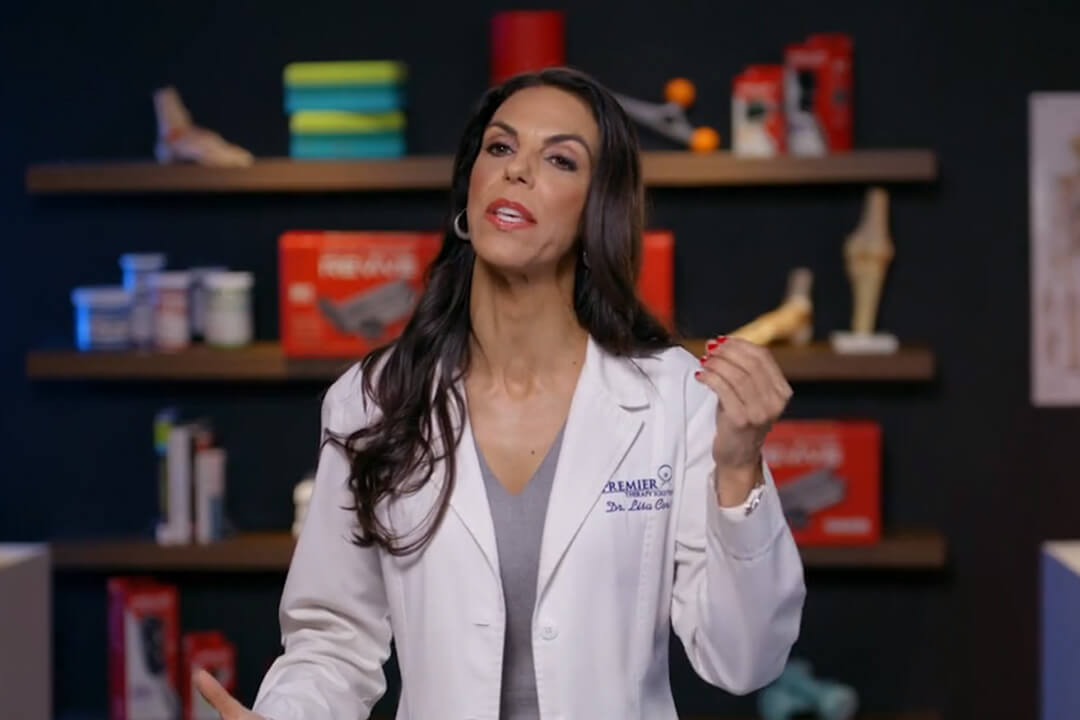
For this series of Root cause rehab medicine…Medical Detective Dr. Lisa Corsa discusses Gait Retraining With Real-Time Visual Feedback to Treat Patellofemoral Pain in Adult Recreational Runners.
This article references Fyock M et al for the Treatment of Patellofemoral Pain in Adult Recreational Runners.
I am often referred to as the Navy Seal of medicine!! I won’t stop until I find the root cause or else the pain comes back! FIX the PROBLEM!!!
Patello-femoral pain is so common among runners!! And also sedentary people as well for that matter. Studies show that over 200 million Americans take part in recreational running and of those 200 million, 65% of these runners have some type of running-related injury. PFP (Patellofemoral pain) can lead to PFPS (patello-femoral pain syndrome) is a condition that occurs on the front part of the knee and around the patella (kneecap) which runners commonly develop. PFPS most commonly occurs from going up and downstairs and with prolonged sitting. As I say Sitting is worse than Smoking!!
One of the primary causes of PFPS I see in my clinic is improper movement patterns, faulty biomechanics, and muscle imbalances in the lower extremity. These imbalances cause alterations in the patella and tibiofemoral alignment which in turn causes pain. A key factor that many clinicians need to pay attention to is the hip!! Yes, the hip above the knee joint can be the root cause of the issue! There are also many outstanding factors in the hip that are related to knee pain. A reduction in the normal range of motion at the hip can affect the knee such as hip internal rotation, hip adduction, and contralateral pelvic drop have been associated with PFPS. This lack of motion at the hip and the low back has been researched and has been shown that if you address these issues it will help reduce the pain at the knee. However, we must look at gait! I have a full gait analysis program that we do at Premier Therapy Solutions. You develop faulty patterns in how you walk!! Pain changes how you walk!
This recent CAT (critically appraised topic) done by Fyock et al. investigates the current research on real-time visual feedback as an intervention choice for the treatment of Patellofemoral pain in recreational runners. These studies investigated the possibilities of improving gait mechanics and questioned if gait training will lead to a decrease in knee pain. Numerous studies were looked at for appraisal, however, only 3 met the inclusion eligibility and each one used an eight-session treatment for two weeks where the participants increased their running time from fifteen minutes to thirty minutes. The treatment also included proper education on running form via verbal feedback and real-time visuals. Based on these appraised articles, proven research shows that visual feedback for gait retraining can reduce symptoms associated with PFP. Visual feedback was done with the use of a computer display or mirror along with verbal cues, in order to enhance the retraining aspect of improving gait. We have this type of gait retraining here at the clinic. The type of repetitive biofeedback practice used was a higher frequency for the first four sessions, then gradually decreased for the final four sessions. There were additional studies that also have shown positive outcomes, improvements in self-reported function, and significant pain reduction. It can then be concluded that providing verbal feedback and real-time visual of movement patterns during gait retraining can improve outcomes in runners with PFP. Premier Therapy Solutions has implemented these strategies successfully for many recreational and advanced runners over the years. Call PTVIP if you have any questions about Gait Training for Patellofemoral Pain. 561-672-7813





